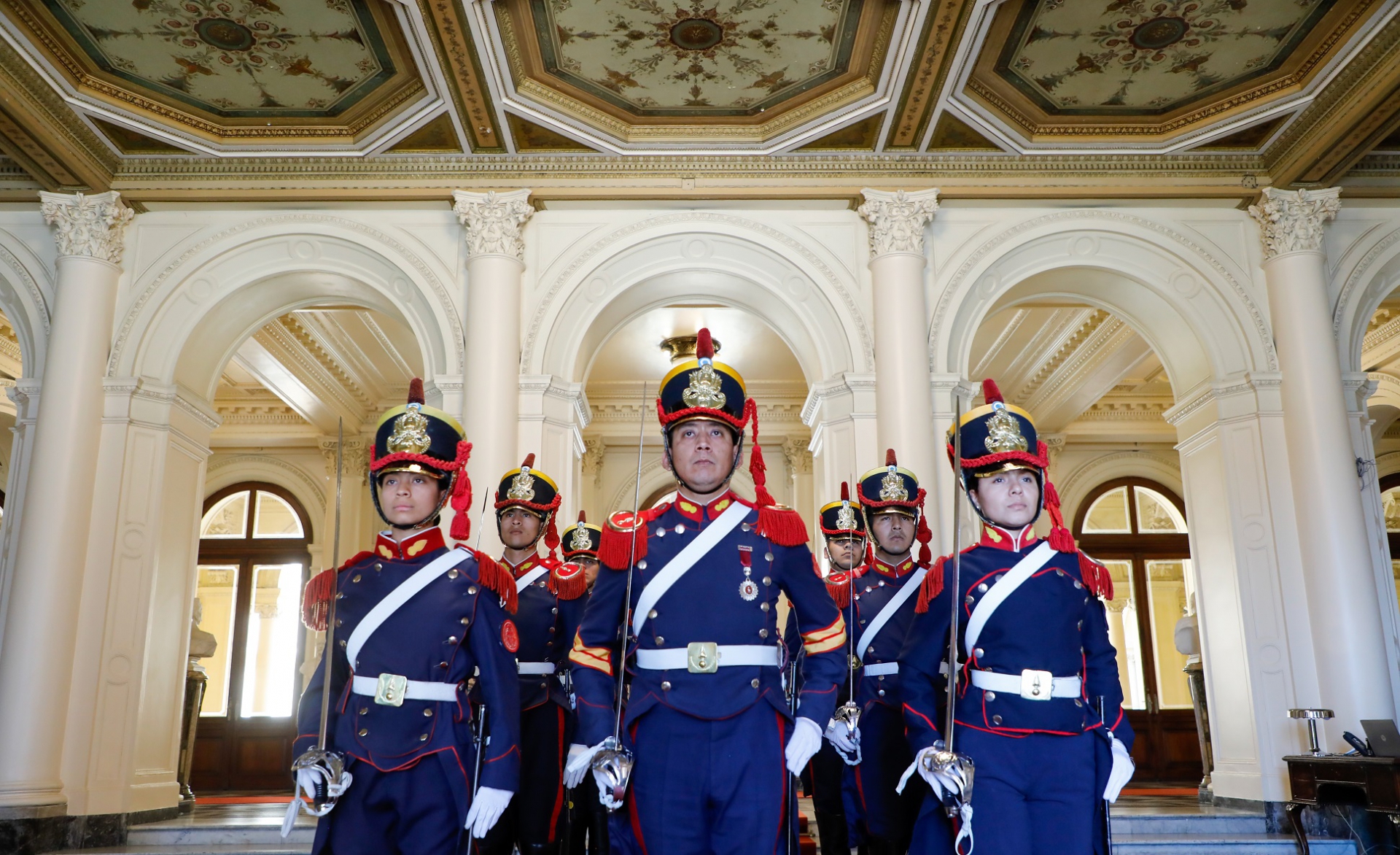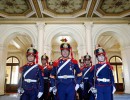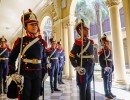On February 3, 1813, the Combat of San Lorenzo took place, an armed confrontation between, on the one hand, the United Provinces of the Río de la Plata, represented by the Regiment of Grenadiers on Horseback, in charge of its creator, at that time Colonel José Francisco de San Martín; and on the other hand, the royalists who were besieging the city of Montevideo, under the command of Captain Antonio de Zabala. This combat that took place near the Franciscan convent of San Carlos, located in the city of San Lorenzo, present province of Santa Fe, was the baptism of fire of the Regiment of Grenadiers on horseback and was the only combat fought by the Regiment and San Martin in Argentine territory.
In January 1813, the government of Buenos Aires entrusted San Martín with the protection of the coast of the Paraná River between Zárate and Santa Fe, an area controlled by the royalists. On January 28, the future Liberator, who was anxiously awaiting the opportunity to enter into combat, marched with his grenadiers, following the royalist advance along the shores of the Paraná. San Martin assigned lookouts who, from land, followed the movements of the Spanish ships and, thanks to this intelligence work, he decided to wait for the landing near the post of San Lorenzo, establishing his headquarters in the convent of San Carlos.
When the royalists disembarked, San Martin and his grenadiers attacked them with a pincer movement as they charged from the back of the convent, surrounded them and forced the enemy to retreat to their ships.
During the combat San Martin's horse was hit by a cannonball and consequently, the future general was wounded, being immobilized by the animal. At that moment the grenadier Juan Bautista Baigorria heroically intervened by killing the royalist soldier who was going to kill San Martin with his bayonet. Meanwhile, the soldier from Corrientes, Juan Bautista Cabral, helped to free San Martin from the oppression of the horse, saving his life.
In this heroic action, Captain Justo Bermudez, Lieutenant Manuel Diaz Velez and Private Juan Cabral lost their lives, being commemorated in Argentine History. Although it is believed that Baigorria died in the battle of San Lorenzo, records indicate that he served in the army of the Andes until approximately 1818. San Martin attributed to Cabral the phrase, in Guarani, "I die happy we have beaten the enemy", in his last seconds of life, according to a letter sent to the Assembly.
The arrival of Bermudez's troops prevented the royalists from reorganizing, ensuring San Martin's victory. The royalists fled precipitously, some throwing themselves into the river and drowning.
The combat, which lasted approximately 15 minutes, had significant strategic consequences since after this first victory of the Regiment there were no more campaigns of the royalists from Montevideo towards the Paraná River. Besides being the baptism of fire of the Regimiento de Granaderos a Caballo, this combat was an important step towards the liberation of Argentina from Spanish rule that later contributed to the process of independence in South America.
San Lorenzo March
Composed by the Uruguayan Cayetano Silva in 1901, the march of San Lorenzo evokes the battle of February 3, 1813. It was performed in public (without lyrics) for the first time in 1902, first in San Lorenzo and then at the inauguration of the monument to General José de San Martín in the city of Santa Fe. Its lyrics were written in 1907 by Carlos Javier Benielli from Mendoza.
The "San Lorenzo" March has been designated Official March of the Argentine Army to honor the Commander in Chief of the Army and it is the Official March of the "General San Martín" Horse Grenadier Regiment.


